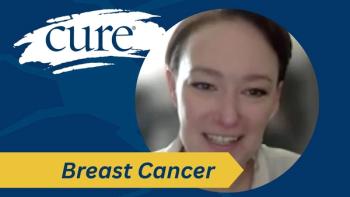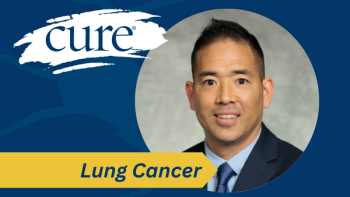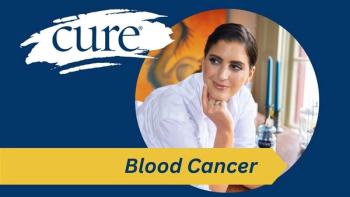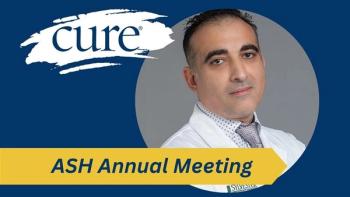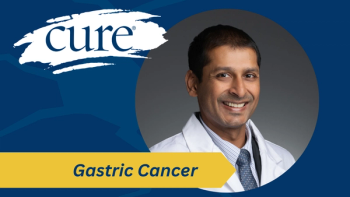
Building Community Partnerships to Improve Cancer Outcomes
Cancer care involves more than just doctors and nurses. Nadine Barrett, director of the Office of Health Equity and Disparities at the Duke Cancer Institute, knows this.
Cancer care involves more than just doctors and nurses. Nadine Barrett, Ph.D., director of the Office of Health Equity and Disparities at the Duke Cancer Institute, knows this.
A key part in improving cancer outcomes and decrease health disparities is forging meaningful partnerships with community partners, patients and caregivers. This was a goal discussed at the Association of Community Cancer Centers 34th National Oncology Conference during Barrett's presentation, Come Together: A Health Disparities & Equity Cancer Program Built on Community Collaboration. Barrett says that forming these bonds will help overcome challenges that many people face, such as getting the proper care and access to information that can help build health literacy.

